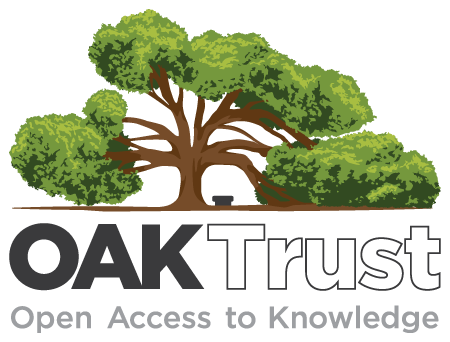Assessment of Suitable Areas for Home Gardens for Irrigation Potential, Water Availability, and Water-Lifting Technologies
Abstract
The study was conducted in Lake Tana Basin of Ethiopia to assess potentially irrigable areas for home gardens, water availability, and feasibility of water-lifting technologies. A GIS-based Multi-Criteria Evaluation (MCE) technique was applied to access the potential of surface and groundwater sources for irrigation. The factors affecting irrigation practice were identified and feasibility of water-lifting technologies was evaluated. Pairwise method and expert’s opinion were used to assign weights for each factor. The result showed that about 345,000 ha and 135,000 ha of land were found suitable for irrigation from the surface and groundwater sources, respectively. The rivers could address about 1–1.2% of the irrigable land during dry season without water storage structure whereas groundwater could address about 2.2–2.4% of the irrigable land, both using conventional irrigation techniques. If the seven major dams within the basin were considered, surface water potential would be increased and satisfy about 21% of the irrigable land. If rainwater harvesting techniques were used, about 76% of the basin would be suitable for irrigation. The potential of surface and groundwater was evaluated with respect to water requirements of dominant crops in the region. On the other hand, rope pump and deep well piston hand pump were found with relatively the most (26%) and the least (9%) applicable low-cost water-lifting technologies in the basin.


